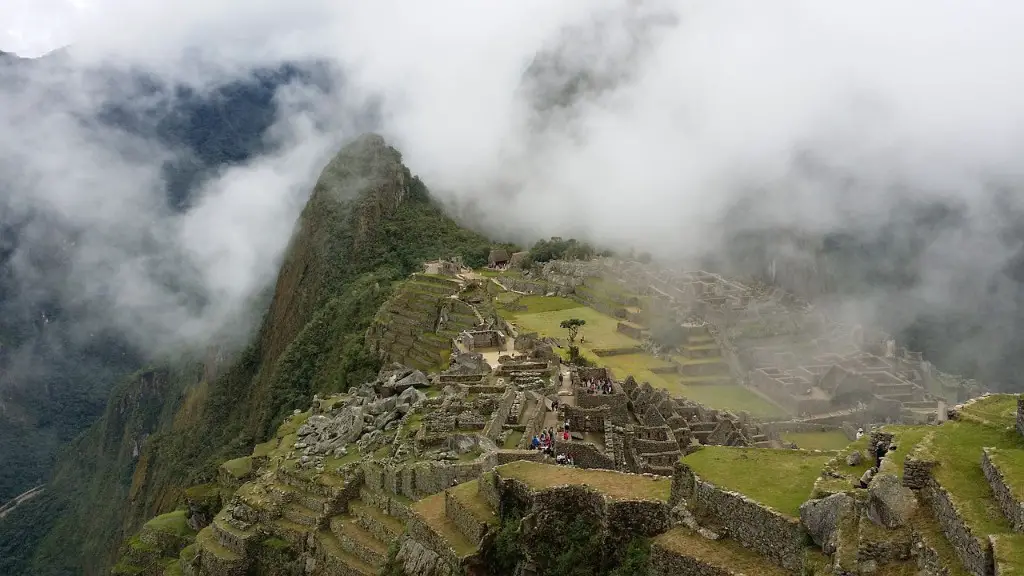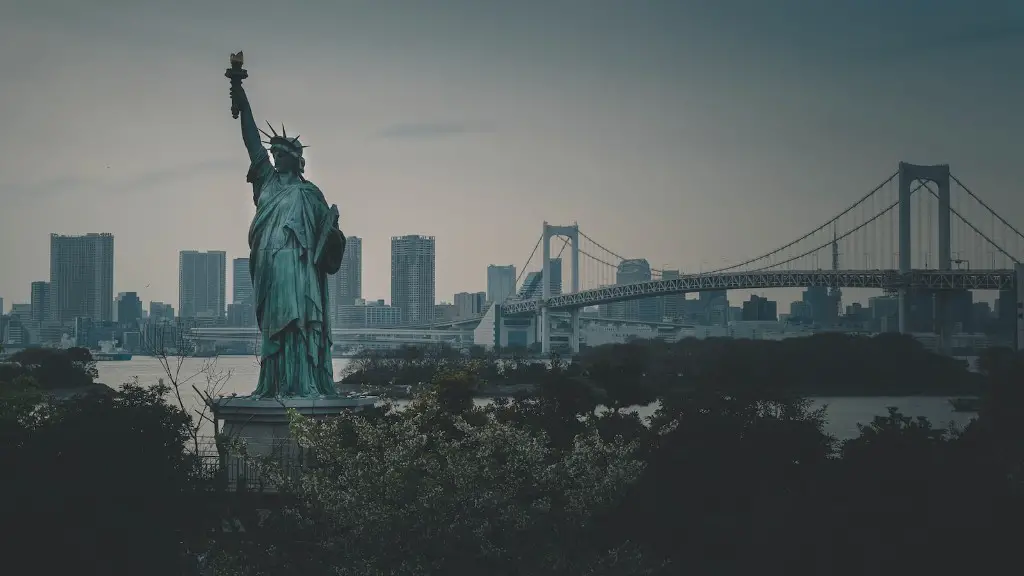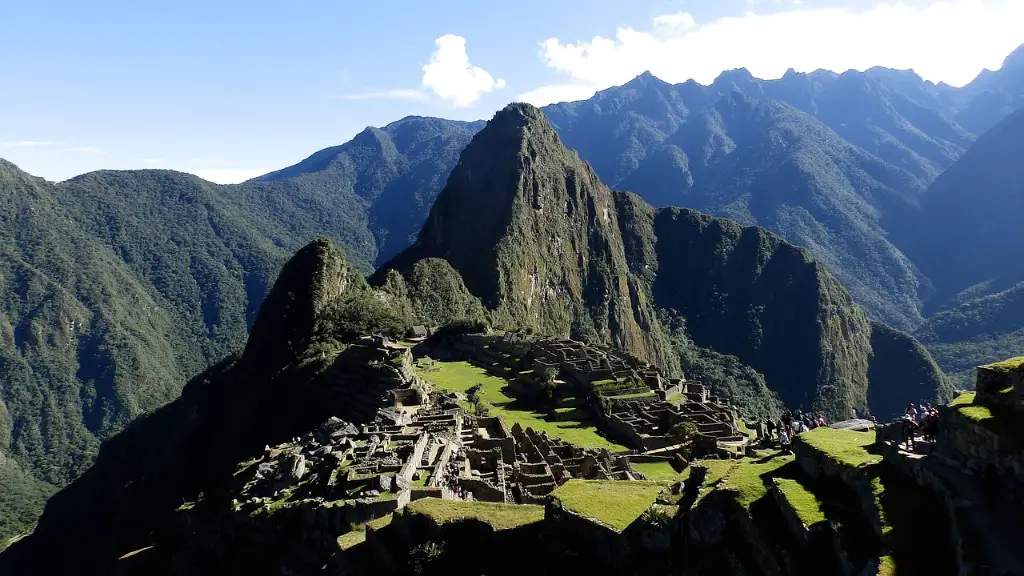Kilimanjaro, located in Tanzania, East Africa, is the highest mountain in Africa and the tallest freestanding mountain in the world with its peak towering at 5,895 meters. It is a stratovolcano, a type of volcano that consists of layers of ash, lava, pumice and rock. While Kilimanjaro visible from far away as a snow-capped mountain, its summit has been rapidly melting due to global warming, with only the highest peak now possessing a permanent ice-cap.
Kilimanjaro is composed of three distinct volcanic cones, Kibo, Mawenzi and Shira, the tallest of which is Kibo, being an inactive stratovolcano. While there is evidence of past eruptions, the last major volcanic activity occurred more than 360,000 years ago. Characterized as an “inselberg” or “monadnock”, Kilimanjaro is composed of large gradients; the mountain climbs abruptly from a height of 960 to 5,895 meters.
Given its dramatic slopes and high elevation, Kilimanjaro is a popular destination for climbers and adventurers. In the lowlands and valleys, the climate is humid, hot and rainy; on the mid-level peaks, dry air and cool temperatures are common; and on the higher ascents, low temperatures, high winds and snowfall occur. With its wide range of climates, weather and landscapes, Kilimanjaro is a thrilling experience to summit. However, the higher trekking paths can be dangerous, reaching temperatures of minus 25°C on the summit and encountering winds of up to 40 mph.
The local people have resided in the area for centuries and have their own insights on the mountain. According to their mythology, the mountain is home to the god Ngai, and thought to be regarded as a sacred realm by locals. It is also believed to be a place of mystical healing and fertility, and as such, people are encouraged to donate to local causes, such as donating water to villages in the surrounding areas.
Kilimanjaro is one of the most exciting and awe-inspiring mountains to explore, encompassing extreme climates and a range of cultures. It is a formidable challenge to summit and can be both dangerous and rewarding.
Climbing Areas of Kilimanjaro
Kilimanjaro is an expansive range comprised of five main trails, plus various off-the-beaten-track tracks for skilled climbers. All trails start from the same point at the base of the mountain. However, the five main trails vary in terms of difficulty, duration, and cost.
The most popular trail is the Machame Route, which is a series of steep ascents, valleys and open ridges. The compared to the other routes the Machame Route is more gradual and allows climbers to acclimatize to the increase in altitude favorably. It is also known as the Whiskey Route, popular with a wide range of adventurers.
The Marangu Route is the second-most popular trail and known as the Coca-Cola route. This route ascends and descends through the same trail and is a great choice for those looking for a shorter route. It is accessibly priced, although the shorter duration may mean the climbers will have less time to acclimatize.
The Rongai Route is the only route to start from the north side of the mountain and passes through alpine meadows, before ascending up to the crater rim. This route attracts the fewest climbers, making it an excellent choice for those amateurs looking for a secluded experience.
The Western Breach is a difficult and dangerous route, with various scrambles and a climactic traversing of the great Barranco Wall. It is only recommended for expert climbers or those with an experienced mountain guide.
The Lemosho Route is the longest and toughest trek, passing through the lush rainforest. It is a more relaxing trail than the Machame Route, offering the trekkers time to get to know the natural environment.
Kilimanjaro Wildlife
The slopes of Kilimanjaro have several different climate zones, making it one of the most species-rich landscapes in East Africa. Despite being situated in the savannah and deserts of Tanzania, Kilimanjaro is home to several tropical, montane and temperate ecosystems, providing a wide range of habitats for delicate species to thrive.
The mountain supports a variety of birds and mammals such as the Hartlaub’s Turaco, the Red-billed Hornbill, jackals and the blue monkey. Larger animals, including baboons, elephants, lions, and antelopes inhabit the lower slopes. A few species of antelope have made their homes on the foothills, including the presence of the rare Abbot’s duiker. In recent years, the mountain’s animal population has been decreasing, due to illegal poaching and human interventions.
The forests of Kilimanjaro are currently threatened by land degradation, particularly from logging and charcoal production. The effects this activity has had on the local wildlife populations has been seen in the decline of the critically endangered Abbot’s duiker and the African elephant. Its majesty and iconic status, however, continue to make Kilimanjaro a popular tourist destination and an important part of Tanzania’s environmental heritage.
Health Risks of Climbing Kilimanjaro
Few mountain climbs compare to an ascent of Kilimanjaro and there is no beginner mountain climb. At its highest peaks, Kilimanjaro has an elevation of 5,895 meters. When climbing this height and dealing with the climatic changes, hikers can experience altitude sickness. This is when the body is unable to adapt to the rapid change in elevation and altitude. The most common symptom of altitude sickness is a headache, a lack of appetite, and difficulty sleeping.
In order to best prepare climbers are encouraged to ascend slowly and give themselves more time to adapt. Also, staying well hydrated is a must as fumes and high altitude can greatly affect the respiratory system.
It is important hikers rest after long hikes, in order to give their body time to recover from the high-life altitude and strenuous physical activity. Furthermore, it is advised hikers consult with a doctor for a checkup before planning a climb to make sure they are physically healthy enough to attempt the climb.
Required Equipment for Climbing Kilimanjaro
Although Kilimanjaro is known as a relatively easy climb, it is not to be dismissed and can be dangerous if not properly prepared. Proper clothing, warm clothing, navigation tools, and emergency equipment are necessary to bring with you during the ascent. Due to its conditions and temperatures, bring items such as a balaclava and neck gaiter, a good warm layer, lightweight down jackets and good waterproof outerwear.
Footwear is also important for Kilimanjaro and it is advised to bring warm, comfortable, breathable boots. It is also important that the boots are broken in prior to the hike in order to prevent foot pain and blisters. Furthermore, the appropriate headlamps and trekking poles are also necessary for the journey.
Conservation Efforts of Kilimanjaro
Recently, there have been several international conservation efforts to preserve the biodiversity of Kilimanjaro. The International Kilimanjaro Biodiversity Project (IKBP), which works in collaboration with government agencies, local villages and international non-governmental organizations is dedicated to protecting the mountain and its wildlife. The IKBP has planted trees, installed water catchment systems, and built protected nature reserves to restore the fragile ecosystems on the mountain.
The organization also works to reduce the pressure from human activities on the resources of the mountain. It helps to educate locals about sustainable practices, such as replanting trees after harvesting, and encourages innovation with renewable energy sources. Moreover, it promotes tourism as an alternative source of income for locals, so that they do not need to hunt wildlife for subsistence or clear land to farm.
In the face of rising global temperatures and melting glaciers, Kilimanjaro continues to be an iconic mountain whose fragile environment is an important part of the world’s global heritage.
Environmental Impact of Climbing Kilimanjaro
In 2018, there was an estimated 50,000 people who attempted to summit Kilimanjaro. With a large number of tourists and climbing equipment, it is expected that a degree of environmental damage is present. The most obvious being the increase in litter, particularly of plastic. Plastic is one of most commonly found on the mountain and although there are multiple projects dedicated to the collection of the garbage created by climbers, the problem persists.
The effects of human traffic on the mountain’s flora and fauna has also been a cause for alarm, destroying habitats and disrupting the delicate balance of mountain ecosystems. The presence of humans can be both seen and unseen, as campsites, trails, and introduced species can be hard to trace back.
The creation of campsites and other infrastructure associated with multiple trekking routes is also damaging. With infrastructure, there must be vehicular access, meaning further disruption to the landscape. The introduction of cars, and other vehicles also can present a risk to the local wildlife, who are unable to predict the presence of machines.
In short, it is important to be aware of one’s impact on the environment when taking on the great mountain. With this awareness and a commitment to responsible climbing, we can ensure a future for the mountain.
Economic Importance of Kilimanjaro
Kilimanjaro is an important economic resource for Tanzania. Its national parks, reserves, and trails attract many visitors from around the world, generating revenue for the country. Climbers, adventurers, and tourists alike spend money on equipment for the climb, souvenirs and food, as well as accommodation when visiting the area.
The mountain is also home to the Chagga people, who live in its foothills. They have lived in the area for centuries and benefit from associated industries, such as local guides, porters and farmers. In essence, Kilimanjaro is a treasure-trove of cultural and economic importance.
Kilimanjaro is an essential part of Tanzania’s image, providing a conducive environment for investments and businesses, as well as being beneficial to the people of the region. Its iconic presence in East Africa, offers a sense of pride and beauty to the country as a whole.
Threats to Kilimanjaro
The primary threat to Kilimanjaro is global warming, with the continuous melting of its glaciers the top of the mountain. According to researchers, it is estimated that the glaciers will completely melt in the next 20-30 years, due to rising global temperatures. By the year 2020, the glaciers are predicted to cover less than 15 percent of their original area, a figure that continues to shrink.
Another major threat is deforestation. Trees and vegetation play an important role in conserving the soil, providing habitats for animals and birds, and acting as a major carbon sink that helps to reduce global warming. But the rapid development and deforestation of the area surrounding the mountain continues to be a major issue.
The areas around the mountain have also recently faced an increase in poaching, putting many endangered species at risk. Illegal hunting of animals such as elephant and antelopes has become a common problem, with poachers targeting areas in the foothills. The poachers often have access to firearms, making it difficult for the local authorities to stop them.
Due to its age and its iconic status, Kilimanjaro has many stories to tell, and many threats that need to be addressed. If we do not act quickly, we stand to lose both the mountain, and its invaluable ecosystem.


